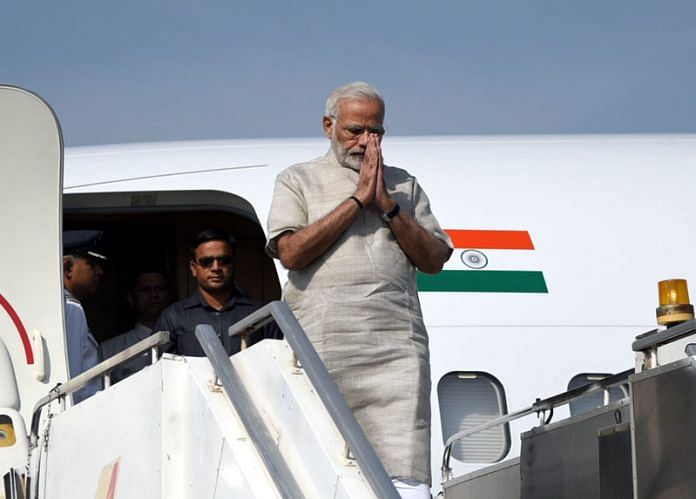The Gujarat model of economic growth and development is premised on the claims of accelerated infrastructure development of roads, highways, dams, and a spike in foreign investment. But critics have said that moderate achievements have been over-hyped, and it does not account for the decline in social indicators. The Patidar agitation of 2015 further emphasised the waning job market in Gujarat.
Is the Gujarat model of economic growth and development a myth or reality?
The Gujarat model is a myth, particularly on the human development aspect.
A sociological analysis of parameters like literacy and sex ratio reveals the following:
Firstly, 40 per cent of rural Gujarati women are illiterate according to the 2011 census. Gujarat has 15 per cent tribal population — it is the third state to have such a large tribal population, but the government has made no effort to promote literacy within this community. There are 40 per cent OBCs, 7 per cent Dalits and 15 per cent tribals – totalling up to 63 per cent of Gujarati society with poor literacy. How, then, can we call the development model a success? The difference between male literacy and female literacy according to the 2011 Census is 17 per cent which is the same as the national level, so how can you say that Gujarat is comparatively ahead in the country?
Sayajirao Gaikwad, the 19th century king of Baroda, made education free and compulsory, and Mahatma Gandhi emphasised its benefits later on. There has been a strong history of female literacy in Gujarat, but the present government could not exploit this to its benefit.
Here are other sharp perspectives on the Gujarat model of economic growth:
Yoginder K. Alagh: economist and former union minister
Deepender Singh Hooda: MP, Congress
Maitreesh Ghatak: professor of economics, LSE
Tavleen Singh: author and columnist
Shekhar Gupta: chairman and editor-in-chief, ThePrint
Atul Sood: professor, JNU
Sushmita Dev: congress MP
On sex ratio, Gujarat is 24th in India. In the 2001 Census, the child sex ratio was 886 girls per 1,000 boys; it has only increased to 889 since then.
Upper caste educated Hindus of Gujarat have full faith in the Narendra Modi government. They were also associated with Modi and the Sangh Parivar, and came to believe they are the elite, and waited for the Gujarat model to bring about a miracle. As a result, in the last 15 years, they never came out on to the streets to protest unemployment and commercialisation of education.
People born around 2001, currently 17-18 years of age, are now protesting the poor state of affairs. The Patidar agitation is symbolic of the frustration among the upwardly mobile castes of Gujarat.
Gaurang Jani is a lecturer in the Dept of Sociology, Gujarat University






